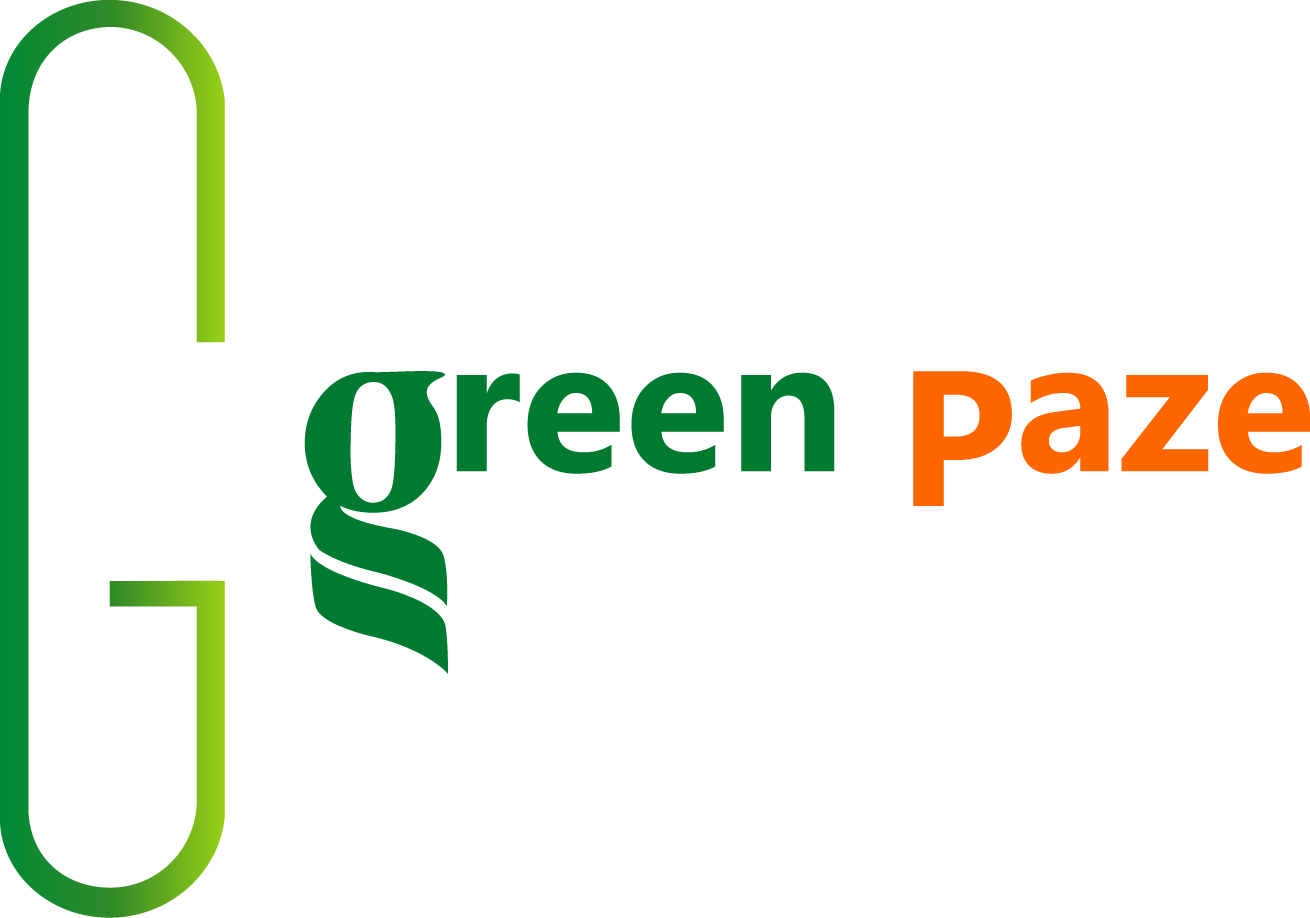
Sugary drinks have long been under scrutiny for the amount of evidence regarding how they affect and harm people's health. The approval of the law to promote healthy eating or "front labeling law" put how bad we eat on the agenda. Also how bad we drink.
Adults consume an average of 85 liters of sugary drinks per year. Includes fruit juices, powders, sodas, flavored waters, and other non-alcoholic products.
This amounts to almost a quarter of a liter a day in adults. The figure rises to 350 milliliters for children. That is, 128 liters per year per minor. The data were obtained from the National Survey of Risk Factors by the Institute of Clinical and Health Effectiveness (IECS).
Argentina is one of the largest consumers per capita in the world of this type of product.
Each liter of sugary drinks has, on average, 100 grams of sugar. In other words, an adult Argentine consumes 8.5 kilos of sugar per year in liquid form.
Impact of Sugary Drinks on Health

Today, sugary drinks have topped the list of enemies of health. This is due to its relationship with being overweight and obese, as well as with a lifestyle that is harmful to the health of Mexicans.
Consuming sugar does not represent a risk, as long as it is done in moderation. Unfortunately, most people seek to quench their thirst with processed beverages that contain large amounts of sucrose, excluding plain water from their diet.
Chronic diseases can trigger comorbidities, that is, generate one or more disorders in addition to the primary disease. This chain of ailments has its origin in bad habits, including excessive intake of sugary drinks.
According to the Boston Public Health Commission (BPHC), in addition to weight-related problems, these types of products trigger five negative health effects. Pay attention!
1. People who consume sugary drinks in excess increase the risk of type 2 diabetes, heart disease and gout - as a result of being overweight.
2. Women who drink one or more sugary drinks every day double their risk of developing diabetes.
3. The risk of childhood obesity increases up to 60% with each additional sugary drink consumed daily.
4. Children who drink sugary carbonated beverages double their risk of tooth decay.
5. Just one 20-ounce bottle of sugary drink a day can lead to a 25-pound gain per year.

“When we drink a tea or coffee and sweeten it, we see how many tablespoons of sugar we ingest. On the other hand, when we consume sodas, flavored waters and juices, we do not see the amount of sugar they contain”, explains Andrea Alcaraz from the IECS.
Sugary drinks are foods with excess calories per gram of product and without any other nutritional contribution. Empty calories. Therefore, these products are associated with obesity problems. Consuming too much sugar can also lead to diabetes.
All these eating disorders translate into higher morbidity and mortality in the country. Researchers from the IECS estimated this health impact.
"The figures reveal that 639 thousand cases of diabetes can be attributed to the consumption of sugary drinks," Alcaraz details.
In turn, diabetes attributable to the consumption of sugary drinks causes more than 1,300 deaths per year. These deaths are around 20% of the total annual deaths from this disease in the country.
The work also determined that these products are behind more than 500 thousand cases of overweight and obesity in adults and more than 770 thousand in children.
"Children are a vulnerable group because food preferences are created at that age and then tend to be sustained over time," they assure the IECS.
In Addition, Sugary Drinks Cause:
a) 54 thousand cases of heart disease per year
b) 29 thousand strokes
c) 34 thousand musculoskeletal problems
d) 21 thousand kidney lesions
e) 16 thousand cases of asthma
f) 9 thousand of cancer and other pathologies
And it details that it represents an expense of $ 55,800 million each year for the care of diseases derived from the consumption of sugary drinks. That's about 3 percent of what the country spends per year on health.
How to Curb The Consumption Of Sugary Drinks
Changing eating habits is very difficult. However, experiences in other countries indicate that there are four effective strategies for people to consume less sugary drinks.
1) Education and modification of the school environment
2) Ban on advertising, promotion and sponsorship
3) Front nutritional labeling
4) Tax increase
The first three points are regulated in the new law to promote healthy eating recently approved. Its regulations are still missing.
Front labeling
The regulation requires that packaged foods and non-alcoholic beverages include a front seal in the shape of a black octagon if they contain excess sugar, according to the nutrient profile set by the Pan American Health Organization (PAHO).
Advertising
According to the European Parliament and of the Council, Article 9 prohibits food and non-alcoholic beverages from including children's characters, sports and artistic celebrities, sponsorship of scientific societies and the possibility of participating in a contest with prizes in their packaging.
Meanwhile, Article 10 prohibits advertising especially aimed at children and adolescents of products that contain at least one of these seals that are regulated by the regulations.
Education
The regulations also promote the inclusion of Healthy Food Education (SAE) as an axis of the minimum learning content in schools.
"The EAS implemented and sustained at educational levels represents a window of opportunity for boys and girls, since it constitutes a stage in which their eating habits are in formation and these will influence their health in the medium and long term", say Georgina Oberto and Natalia Cervilla, members of the Academic Council of the Master in Food Science and Technology of the National University of Córdoba.
Article 12 prohibits the sale of products with at least one stamp in school canteens and kiosks.
Oberto and Cervilla understand that today there is a continuous diversification of processed foods and a loss of eating styles at the family level. "The school has a significant role in the development of knowledge and skills of its students, knowledge that is transferred to the family nucleus and shared among its members", they assure.
Special Taxes
In addition to these regulations, PAHO suggests incorporating a “sugar tax” to further reduce its consumption.
According to a study by this body, a 25% increase in the price of sugary drinks through a specific tax would translate into a 34% reduction in the consumption of these products.
In 2014, Mexico was the first country in the region to apply this strategy with a tax on sugary drinks of one peso per liter. This represents an increase of 10%. PAHO and others suggest that the increase be at least 20% for it to take effect.
However, the same year of implementation there was a decrease of almost 6% in its consumption and 10% in 2015. Other countries in the region that incorporated sugar taxes, although with other approaches and intensity, are Ecuador, Barbados, Dominica and Chile.
The Center for State and Society Studies (Cedes) calculated the impact that a similar tax would have in Argentina. According to this work, if the value of soft drinks increases by 10%, their demand falls by 11.2%.
"The creation of taxes on sugary drinks and other unhealthy foods is presented as one of the legally available alternatives for intervention in states committed to integrating the right to food and health from a human rights perspective," says the job.









0 Comments